The Best Homemade Fertilizer For Flowering Plants In
Introduction
Flowering plants are a beautiful addition to any home or garden. But in order to keep them healthy and blooming, they need the right nutrients. That's where homemade fertilizer comes in.
Homemade fertilizer is a great way to give your flowering plants the nutrients they need without having to spend a lot of money on store-bought fertilizer. And because it's made from natural ingredients, it's also safe for the environment.
In this blog post, I'll share some of the best homemade fertilizers for flowering plants. I'll also explain how to make them and how often to use them.
Main Content
There are many different types of homemade fertilizer that you can use for flowering plants. Here are a few of the most popular:
- Compost: Compost is a great all-purpose fertilizer that's rich in nutrients. You can make compost from kitchen scraps, yard waste, and other organic materials.
- Eggshells: Eggshells are a good source of calcium, which is essential for healthy plant growth. To make eggshell fertilizer, simply crush eggshells into a fine powder and sprinkle them around your plants.
- Coffee grounds: Coffee grounds are a good source of nitrogen, which helps plants produce flowers. You can either sprinkle coffee grounds around your plants or brew them into a "coffee" fertilizer.
- Yogurt: Yogurt is a good source of phosphorus, which helps plants produce blooms. To make yogurt fertilizer, simply mix one cup of yogurt with one gallon of water.
- Bananas: Bananas are a good source of potassium, which helps plants produce strong stems and flowers. To make banana fertilizer, simply mash a banana peel and bury it in the soil around your plants.
These are just a few of the many different types of homemade fertilizer that you can use for flowering plants. The best fertilizer for your plants will depend on their specific needs.
How to Use Homemade Fertilizer
The frequency with which you use homemade fertilizer will depend on the type of fertilizer you're using and the needs of your plants. In general, you should fertilize your flowering plants once a month during the growing season.
To use homemade fertilizer, simply sprinkle it around the base of your plants or mix it into the soil. Be sure to water your plants thoroughly after applying fertilizer.
Conclusion
Homemade fertilizer is a great way to give your flowering plants the nutrients they need without having to spend a lot of money on store-bought fertilizer. It's also safe for the environment and easy to make.
So if you're looking for a way to keep your flowering plants healthy and blooming, give homemade fertilizer a try. You'll be glad you did.
Are you looking for a way to boost the growth and flowering of your plants? If so, you may want to consider using a homemade fertilizer. There are many different recipes for homemade fertilizers, but some of the most common ingredients include banana peels, coffee grounds, eggshells, and grass clippings.
These ingredients are all rich in nutrients that are essential for plant growth, such as nitrogen, phosphorus, and potassium. When you use a homemade fertilizer, you can be sure that your plants are getting the nutrients they need to thrive.
To learn more about the best homemade fertilizer for flowering plants, visit Garden Wiki. This website has a comprehensive guide to making and using homemade fertilizers, as well as tips on how to choose the right fertilizer for your specific plants.
FAQ of best homemade fertilizer for flowering plants
- What are the best homemade fertilizers for flowering plants?
There are many different homemade fertilizers that can be used to promote flowering in plants. Some of the most popular include:
* Compost tea: This is a liquid fertilizer that is made by steeping compost in water. It is a good source of nitrogen, phosphorus, and potassium, all of which are essential for flowering.
* Banana peels: Banana peels are a good source of potassium, which is essential for flower production. You can either bury banana peels in the soil or make a banana peel tea.
* Coffee grounds: Coffee grounds are a good source of nitrogen, which is also essential for flowering. You can either sprinkle coffee grounds on the soil or make a coffee grounds tea.
* Eggshells: Eggshells are a good source of calcium, which is important for strong roots and healthy flowers. You can either crush eggshells and add them to the soil or make an eggshell tea.
* Neem oil: Neem oil is a natural insecticide and fungicide that can help to protect your flowering plants from pests and diseases. It can also help to promote flowering by stimulating root growth.
- How often should I fertilize my flowering plants with homemade fertilizer?
The frequency with which you fertilize your flowering plants with homemade fertilizer will depend on the type of fertilizer you are using and the needs of your plants. However, as a general rule, you should fertilize your plants once a month during the spring and summer months.
- How much homemade fertilizer should I use?
The amount of homemade fertilizer you use will depend on the size of your plants and the type of fertilizer you are using. However, as a general rule, you should start with a small amount and increase the amount gradually until you see results.
- What are the benefits of using homemade fertilizer?
There are many benefits to using homemade fertilizer, including:
* It is a more natural and sustainable way to fertilize your plants.
* It is less expensive than commercial fertilizers.
* It can help to improve the overall health and vitality of your plants.
* It can help to attract beneficial insects to your garden.
- What are the drawbacks of using homemade fertilizer?
There are a few drawbacks to using homemade fertilizer, including:
* It can be more time-consuming to make homemade fertilizer than to use commercial fertilizers.
* Homemade fertilizers may not be as concentrated as commercial fertilizers, so you may need to use more of them.
* Homemade fertilizers may not be as consistent in quality as commercial fertilizers.
Image of best homemade fertilizer for flowering plants
10 different images of best homemade fertilizer for flowering plants that are free to use:
Compost is a great all-purpose fertilizer that can be made from a variety of organic materials, such as vegetable scraps, fruit peels, coffee grounds, and eggshells. It is rich in nutrients that will help your flowering plants grow strong and healthy.
Coffee grounds are a great source of nitrogen, which is essential for flowering plants. They can be added to the soil directly or brewed into a tea to be applied to the leaves.
Eggshells are a good source of calcium, which is important for plant growth. They can be crushed and added to the soil or brewed into a tea to be applied to the leaves.
Yeast is a great source of nitrogen and phosphorus, which are essential for flowering plants. It can be dissolved in water and applied to the soil or leaves.
Fish emulsion is a liquid fertilizer that is made from fish scraps. It is rich in nitrogen, phosphorus, and potassium, which are all essential for flowering plants.
Kelp meal is a type of seaweed that is ground into a powder. It is a good source of nitrogen, potassium, and other trace minerals, which are all beneficial for flowering plants.
Bone meal is a type of animal bone that is ground into a powder. It is a good source of phosphorus, which is essential for flowering plants.
Blood meal is a type of animal blood that is dried and ground into a powder. It is a good source of nitrogen, which is essential for flowering plants.
Manure is a type of animal waste that is composted. It is a good source of nitrogen, phosphorus, and potassium, which are all essential for flowering plants.
Alfalfa meal is a type of legume that is ground into a powder. It is a good source of nitrogen, phosphorus, and potassium, which are all beneficial for flowering plants.

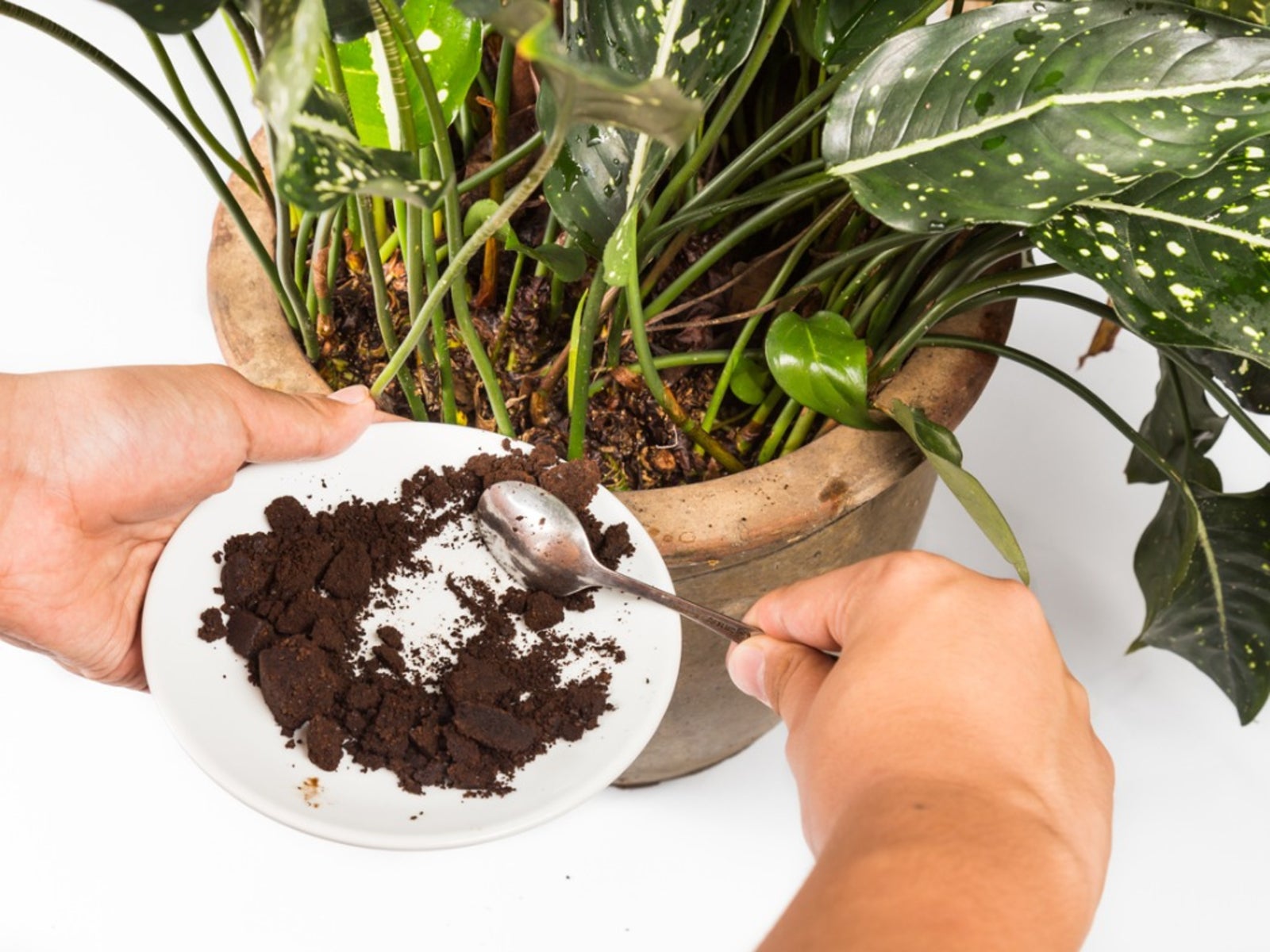
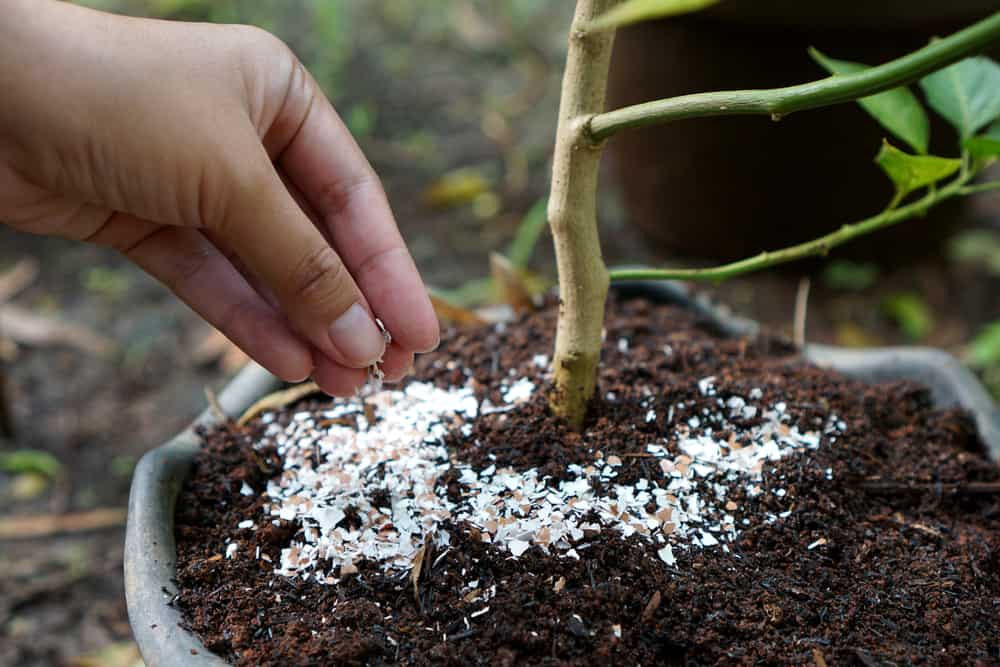

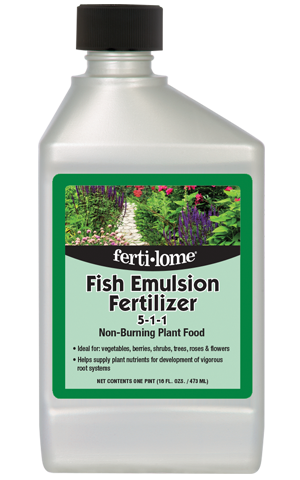
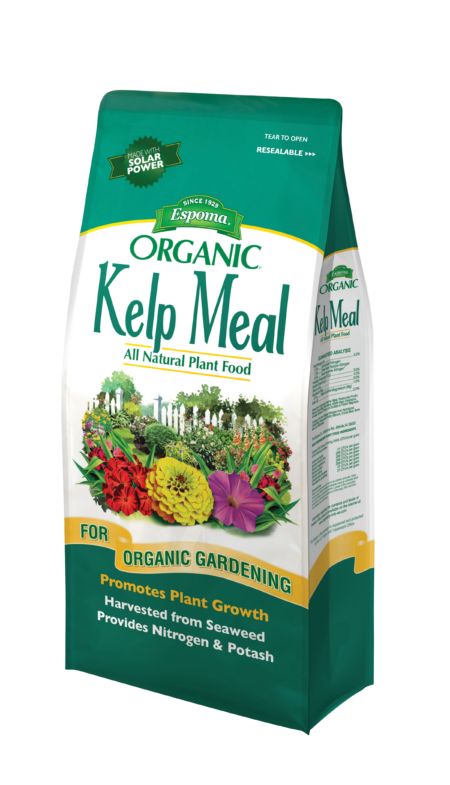
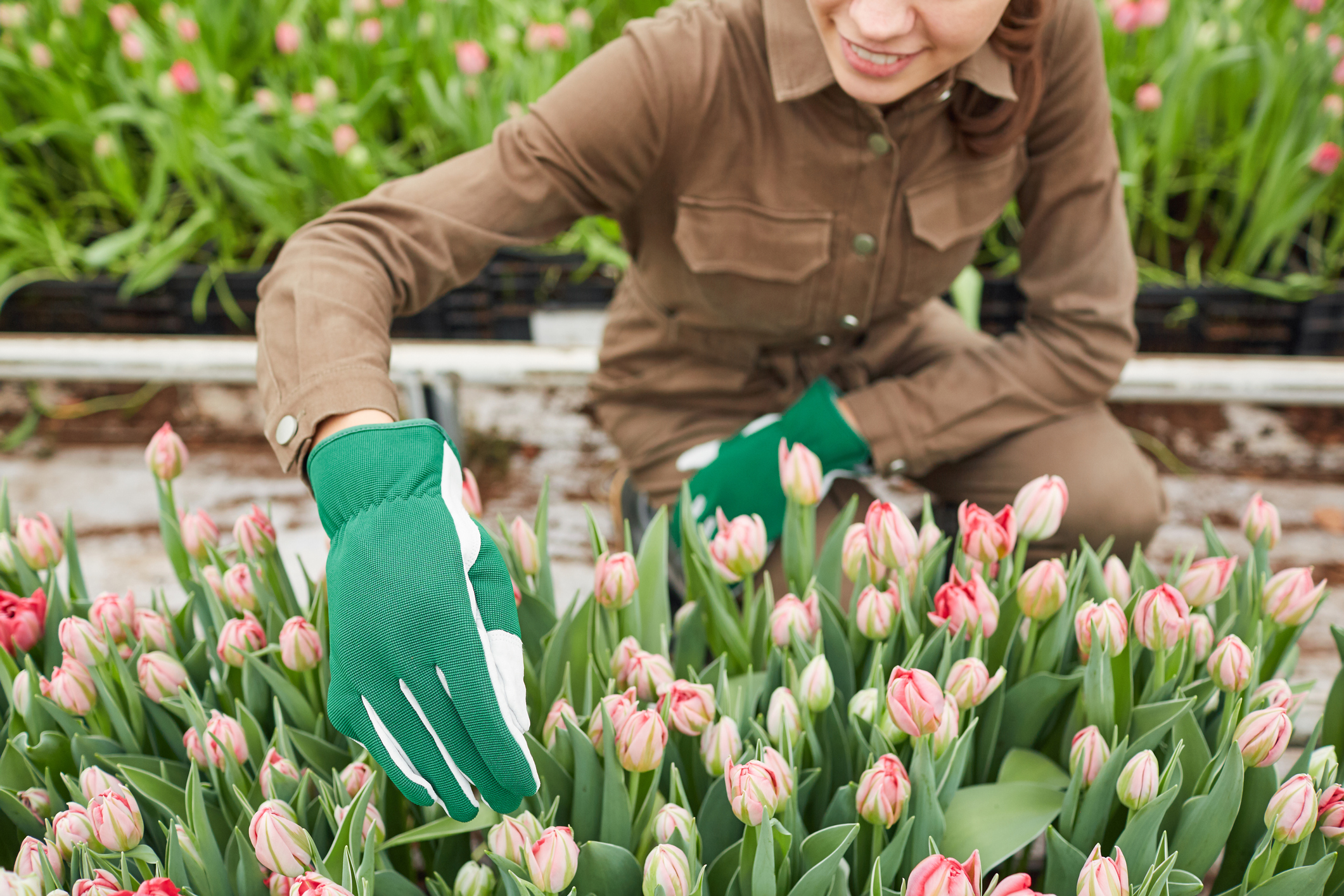



Post a Comment for "The Best Homemade Fertilizer For Flowering Plants In "